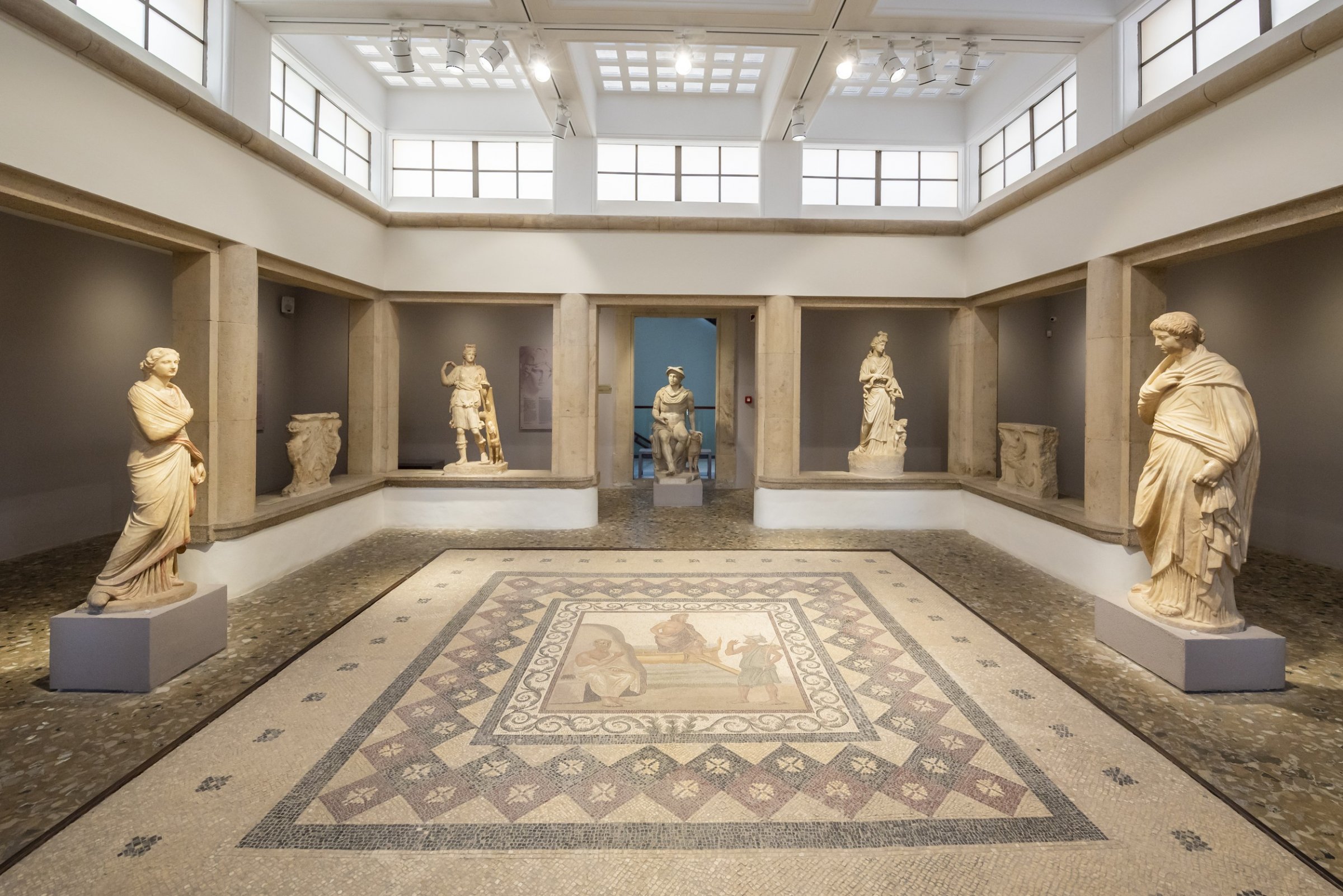Kos is considered to be the first inhabited island in the wider area of the Dodecanese. The island’s rich history is easily evident through the array of open-air archaeological sites, blended with iconic Roman buildings and Ottoman mosques in the city center; a fusion of cultures and civilisations interrelated for eternity.
Prehistoric times
and early protohistoric period
Minoans & Mycenae

The cave of white stone today
Mythology
Greek mythology
Polyvotis in Kos

The crater of the volcano in Nisyros which is named "Polivotis". According to the myth, the titan was buried beneath by god Poseidon. The tremors and gas produced from the volcano was thought to have been Polivotis who is trying to escape.
Ancient history
ages
and Kos town
period

Hellenistic period statues and mosaic at display at the archeaological museum of Kos.
Rome and the Middle Ages

The roman mansion, Casa Romana.
Later years

Nowadays, Kos is a contemporary destination that embraces and respects its long history, awaiting to share it with all its visitors!


